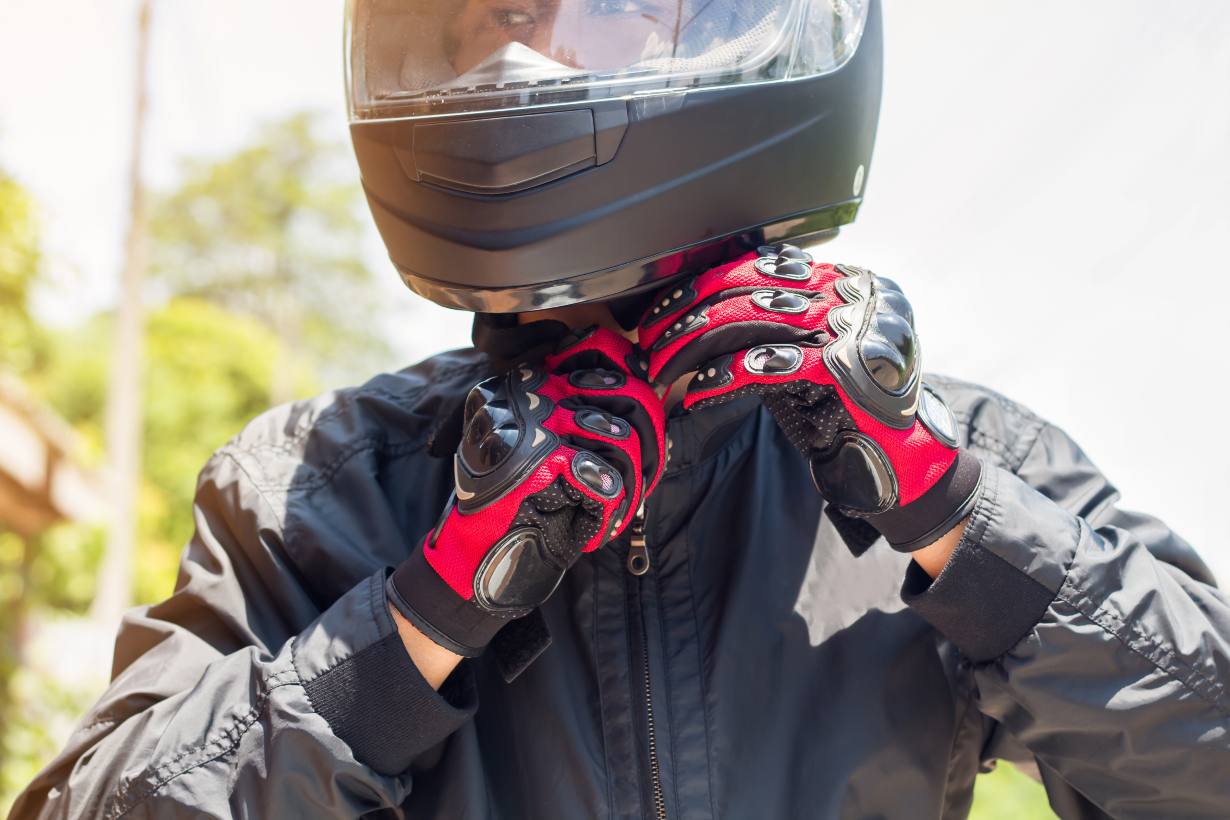When it comes to safety gear, the helmet is arguably the most critical piece of equipment for any high-risk activity, such as motorcycling, biking, or engaging in contact sports.
With advancements in safety technology, certain helmets have set themselves apart as the best in providing superior crash protection.
This article reviews some of the best-rated helmets known for their outstanding performance in crash tests and real-world accidents.
1. Arai XD4 – Best for Adventure Riding
Features:
- Shell Construction: Fiberglass composite, strong and lightweight.
- Safety Technology: Designed to disperse impact energy effectively.
- Comfort and Fit: Customizable padding and an ergonomic design that provides both comfort and a secure fit.
Why It Stands Out: The Arai XD4 not only meets but often exceeds safety standards with its high-quality build and attention to detail. Known for its durability and high level of protection, it’s a top choice among adventure motorcyclists.
2. Shoei RF-SR – Best for Street Motorcycling
Features:
- Shell Construction: Multi-ply Matrix AIM+ shell that offers robustness without the bulk.
- Safety Certification: DOT and SNELL M2015 approved.
- Ventilation System: Multiple vents for airflow that does not compromise the integrity of the helmet.
Why It Stands Out: Shoei’s reputation for quality is well-justified with the RF-SR, which provides excellent all-around protection with a focus on impact absorption and comfort. Its rigorous testing ensures it stands up to severe impacts, making it ideal for street riders.
3. Bell Z20 MIPS – Best for Cyclists
Features:
- Safety Technology: MIPS (Multi-directional Impact Protection System), designed to reduce rotational forces that can result from certain impacts.
- Comfort: Progressive Layering and dual-density foam.
- Aerodynamics: Streamlined design that helps reduce resistance and increase performance.
Why It Stands Out: For cyclists, the Bell Z20 MIPS offers top-tier crash protection without sacrificing comfort or performance. Its MIPS technology adds an additional layer of safety, crucial for high-speed cycling environments.
4. Giro Disciple MIPS – Best for Mountain Biking
Features:
- Safety Technology: MIPS equipped, Fiberglass shell, and Vinyl Nitrile padding for exceptional impact protection.
- Fit System: Fit Kit™ pad system to adjust to various head shapes.
- Additional Features: Integrated camera mount and built-in speaker pockets.
Why It Stands Out: Designed for the rigors of downhill and freeride mountain biking, the Giro Disciple is as tough as it gets. With enhanced features tailored for extreme sports, it provides maximum protection in the event of a crash.
5. Schutt F7 LX1 – Best for American Football
Features:
- Technology: Tectonic Plate 3DM system to manage the energy from impacts.
- Shell Material: Polycarbonate shell, which is lightweight yet highly protective.
- Customization: Inflatable air liner for personalized fit and comfort.
Why It Stands Out: The Schutt F7 LX1 brings next-level protection to football, offering features designed to absorb impacts from multiple directions, which is crucial in a high-contact sport. Its focus on safety and customization makes it a favorite among professional and amateur players alike.
Conclusion
Choosing the right helmet is critical for ensuring safety in any high-risk sport or activity. The helmets listed above represent the best in their respective categories for crash protection.
They have been rigorously tested and highly rated, not only by safety standards but by users who trust these helmets to protect them under the toughest conditions.
FAQs
Q: What does MIPS mean? A: MIPS stands for Multi-directional Impact Protection System, a helmet-integrated brain protection system designed to reduce rotational motion transferred to the brain from angled impacts to the head.
Q: How often should I replace my helmet? A: It is generally recommended to replace your helmet every 3-5 years, depending on manufacturer guidelines and usage. Always replace your helmet immediately if it experiences a significant impact.
Q: Are these helmets certified? A: Yes, all the helmets listed have been certified by recognized standards such as DOT, SNELL, or CPSC, which test for various impact scenarios.








